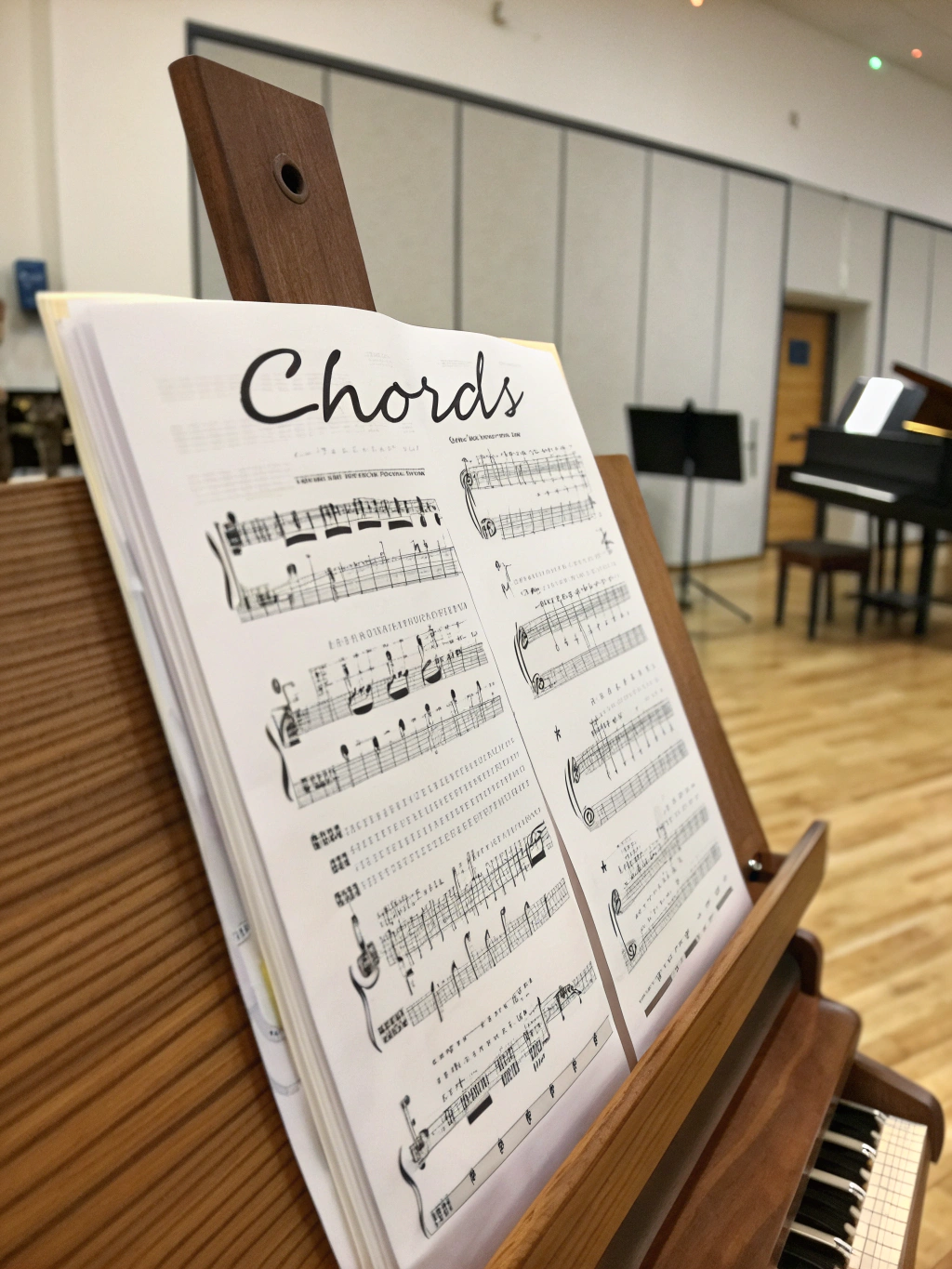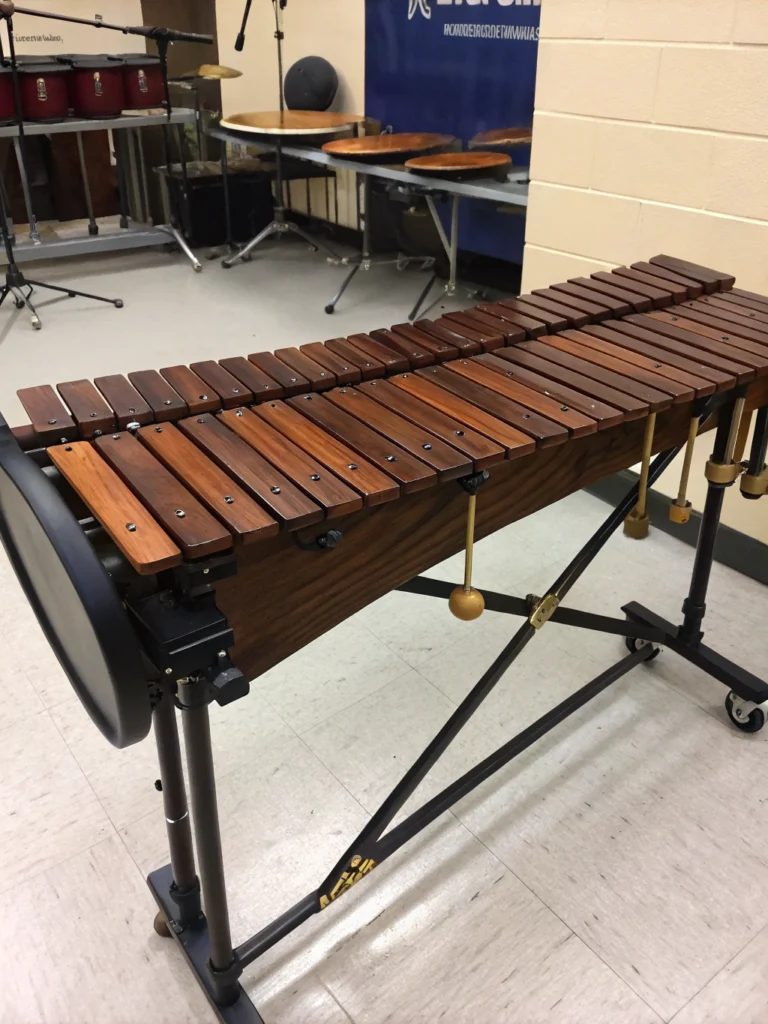What a Beautiful Name Chords: 2-Step Strumming Pattern
Table of Contents
Introduction
Have you ever noticed how certain worship songs seem to transform an entire congregation in just a few chords? What if you could create that same powerful atmosphere with just your guitar and voice? Hillsong’s “What a Beautiful Name” has become one of the most beloved modern worship songs, not just for its profound lyrics but for its accessible yet moving chord progression. What a beautiful name chords are surprisingly simple to master, even for beginners. With over 400 million YouTube views on the official video, this song has clearly resonated with worship leaders and congregations worldwide since its 2016 release.
Key Information Snapshot
- Key: The song is commonly played in D major
- Capo Options: Capo 2 (play in C), Capo 4 (play in A), or no capo (play in D)
- Basic Chord Progression: D – A – Bm – G (Verse and Chorus)
- Difficulty Level: Beginner to Intermediate
- Strumming Pattern: Down, Down-Up, Up-Down-Up (2-step pattern)
- Song Structure: Intro, Verse, Pre-Chorus, Chorus, Bridge, Outro
Detailed Explanation
The Basic Chord Version (Beginner-Friendly)
For those just starting out, the basic chords of what a beautiful name can be played with just four chords: D, A, Bm, and G. This version works perfectly with a simple down-strumming pattern.
The primary progression follows:
- D major: XX0232
- A major: X02220
- B minor: X24432
- G major: 320003
For the verse, you’ll repeat: D – A – Bm – G
The chorus uses the same chord progression but emphasizes different beats to match the powerful “What a beautiful name it is” lyric.
Intermediate Version with Capo
Using a capo allows you to play in a more comfortable or vocally suitable key while using familiar chord shapes. Placing a capo on the 2nd fret and playing these chords creates a brighter sound:
- C shape (sounds as D)
- G shape (sounds as A)
- Am shape (sounds as Bm)
- F shape (sounds as G)
This version is perfect for worship leaders with higher vocal ranges and creates that authentic Hillsong sound.
The 2-Step Strumming Pattern
The secret to capturing the song’s emotional build is in the strumming pattern:
- Verse (Softer): D↓ – A↓↑ – Bm↑↓↑ – G↓ (Repeat)
- Chorus (Build): Same chords with increased intensity
- Bridge (Peak): Strong downstrums on D and A, then quick up-down-up on Bm and G
The pattern may seem complex, but breaking it into a “ONE-and-TWO-and” count makes it manageable. Practice slowly at first, counting “1-and-2-and” while strumming: Down on “1”, Up on “and”, Down on “2”, Up on “and”.
Related Facts or Tips
Did you know? Ben Fielding and Brooke Ligertwood, who wrote “What a Beautiful Name,” specifically designed the chord progression to be accessible for church worship teams of all skill levels.
Tip: When transitioning between the verse and chorus, slightly mute the strings with your fretting hand for a dynamic pause that builds anticipation.
Quick Fact: Using a capo on the 4th fret and playing the song with G, D, Em, and C shapes creates a version that works well for male vocalists with lower ranges.
Common Questions (FAQs)
What’s the easiest way to play What a Beautiful Name?
The easiest version uses open chords in the key of G with a capo on the 7th fret, making the chord shapes very simple: G, D, Em, C.
How do I know which capo position is right for me?
Choose based on your vocal range. If the original key (D) feels too high or low, try capo 2 for a higher sound or move to the key of C without a capo for a lower range.
What’s the secret to the emotional build in the song?
The key is dynamic contrast. Start with gentle strumming on verses, build slightly for pre-chorus, then use fuller strums for the chorus, and finally reach peak intensity during “Death could not hold You” in the bridge.
How long should I practice to master the song?
Most beginners can play a basic version within 1-2 weeks of consistent practice (15-20 minutes daily). The intermediate version with the proper strumming pattern typically takes 3-4 weeks to become comfortable.
Practical Applications for Worship
When leading worship with this song:
- Build gradually – Start softly with just voice and guitar for verse one
- Add instruments progressively – Bring in bass and light percussion for chorus one
- Peak at the bridge – Full band intensity at “Death could not hold You”
- Create space – Allow moments of just vocals or instrumental passages
For solo performance, try palm muting the strings during verses to create dynamic contrast when you open up during the chorus.
Mistakes to Avoid
- Rushing the tempo – The song works best at 68-72 BPM; many players rush it
- Overstrumming – Let the song breathe, especially in the verses
- Neglecting dynamics – The emotional impact comes from the build, not volume throughout
- Forgetting the pre-chorus pause – There’s a deliberate pause before “What a beautiful name it is”
- Complex chord voicings – Simple is often better; focus on clean transitions rather than fancy chord shapes
Conclusion
Mastering “What a Beautiful Name” chords doesn’t require years of guitar training—just consistent practice with the right technique. The power of this worship anthem comes from its lyrical depth combined with a chord progression that evokes genuine emotion. Whether you use the basic version or challenge yourself with the full Hillsong arrangement, focus on playing with authentic feeling over technical perfection. Why not pick up your guitar today and try working through these chord progressions? Your worship leading toolkit will be all the stronger for it.






